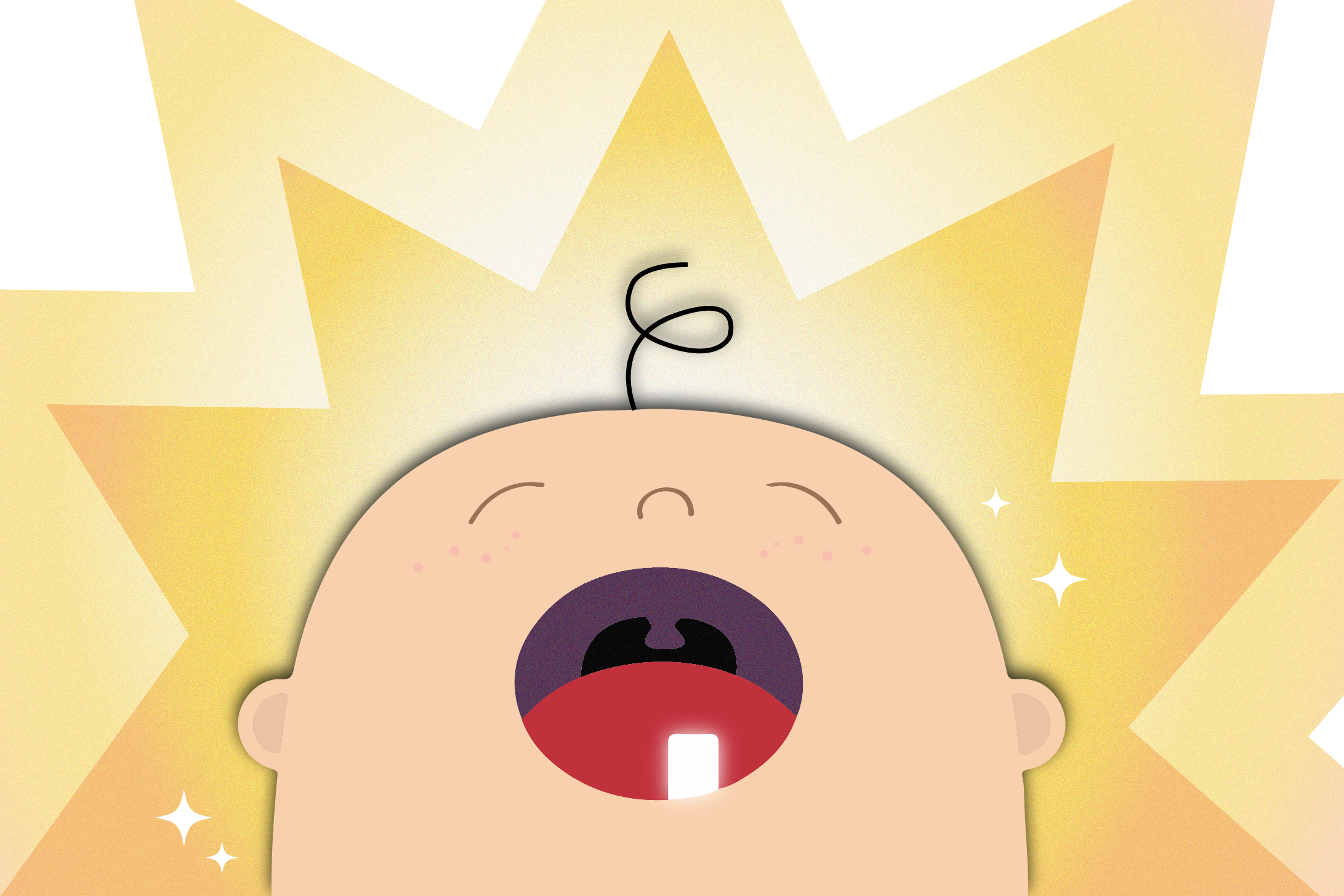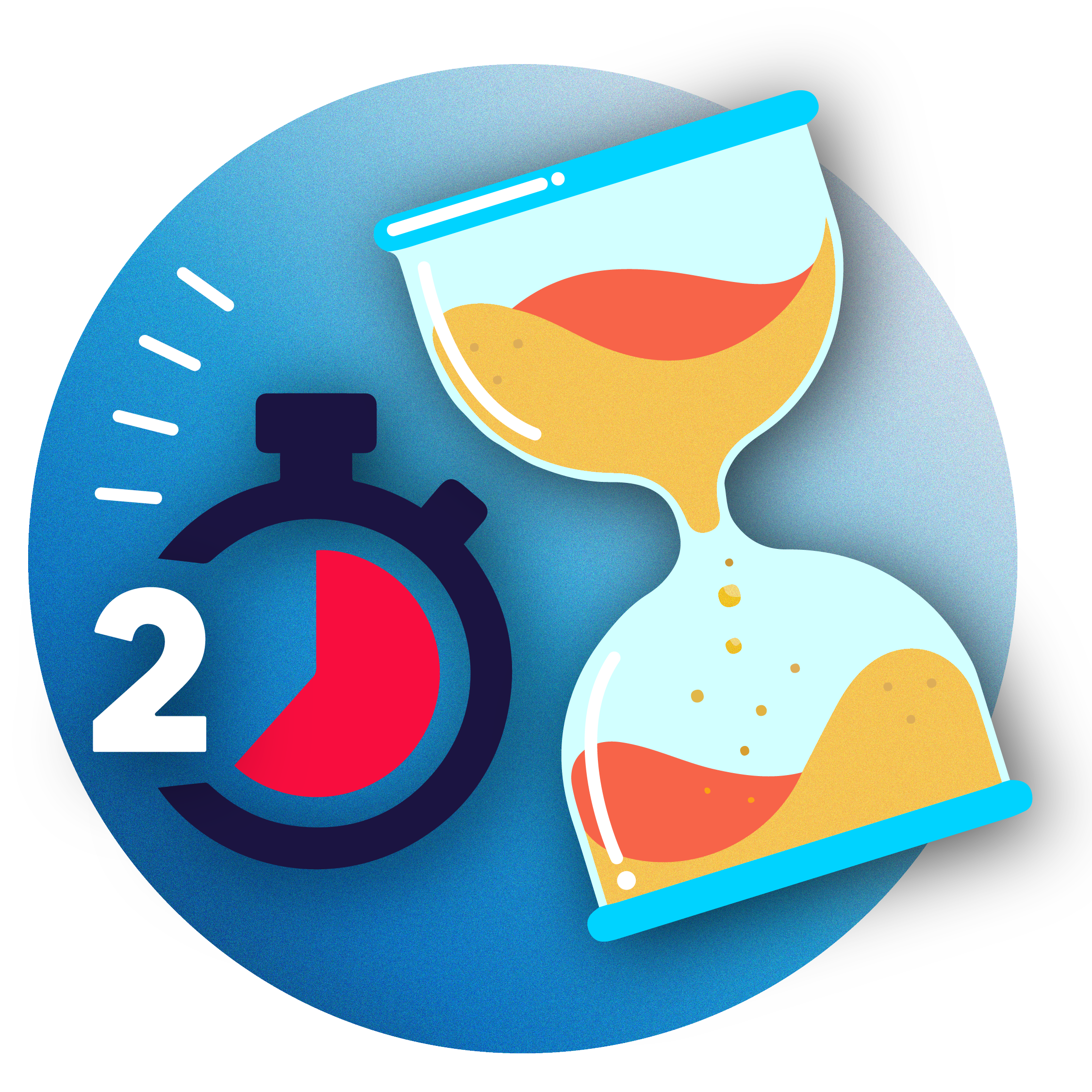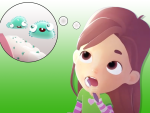
Proper toothbrushing and flossing habits are crucial for a lifetime of good oral health. Oral health impacts you in every stage of your life, beginning in childhood, so it’s important to establish a routine for children. We know that this is easy for us to say, but the reality with your child may be different and sometimes more challenging.
Here are a few ideas to encourage kids to brush and floss their teeth!
- Do it together! Children often enjoy following the examples of others, so brush or floss your teeth at the same time as your child.
- Learn about brushing and flossing with Riley! Our Riley videos show you close-up views of how to brush and floss your teeth. You can even see the cavity-causing germs you are trying to remove.

- Try different flavors of toothpaste and floss since young kids might not like the taste of mint. Some brands have specific flavors that appeal to kids, or allow them to choose which flavor they would like. Be sure the toothpaste contains fluoride as fluoride helps strengthen your teeth and prevent cavities. Remember that a little toothpaste goes a long way, so adults should be in charge of the amount – children under 3 only need a smear the size of a grain of rice.
- Get a fun, colorful toothbrush. Many kids-sized toothbrushes have characters or unique designs on them that will make your child more excited to use it.

- Play a fun song or a short video that you can brush or floss along with. (There are some great 2-minute options to play while brushing!)
- Make it a game by setting a timer for 2 minutes and challenge your child to brush for the entire time. For flossing, test them to try to clear off all sides of every tooth!
- Use a brushing and flossing calendar or checklist to track the amount of times these are completed. If you set a goal, you can also offer a small reward when it is reached.
- Go to a different area of your house if the bathroom is not working to get toothbrushing and flossing done. Some families might brush teeth during bath time.
- Toothbrushing should be the last stop before bed. No liquids or snacks after brushing except for tap water.
If toothbrushing is really challenging, discuss this with your dentist or pediatrician at your routine visit.
Bring your child to see the dentist within six months of the eruption of their first tooth, or by age 1! Establishing a dental home early will help your child feel comfortable and even excited to go to the dentist. Your dentist and their team will be a great support system to help you keep your child smiling through the years.
Other resources: Let the brushing games begin
This information in this post is for general educational purposes only and does not warrant or represent any information as related to health as specifically appropriate for you. It is not intended to be medical advice or replace the relationship that you have with your health care providers. You should always seek medical advice on any diagnosis or treatment from a qualified health care provider. The information is provided “as is” without any representations or warranties, express or implied.







